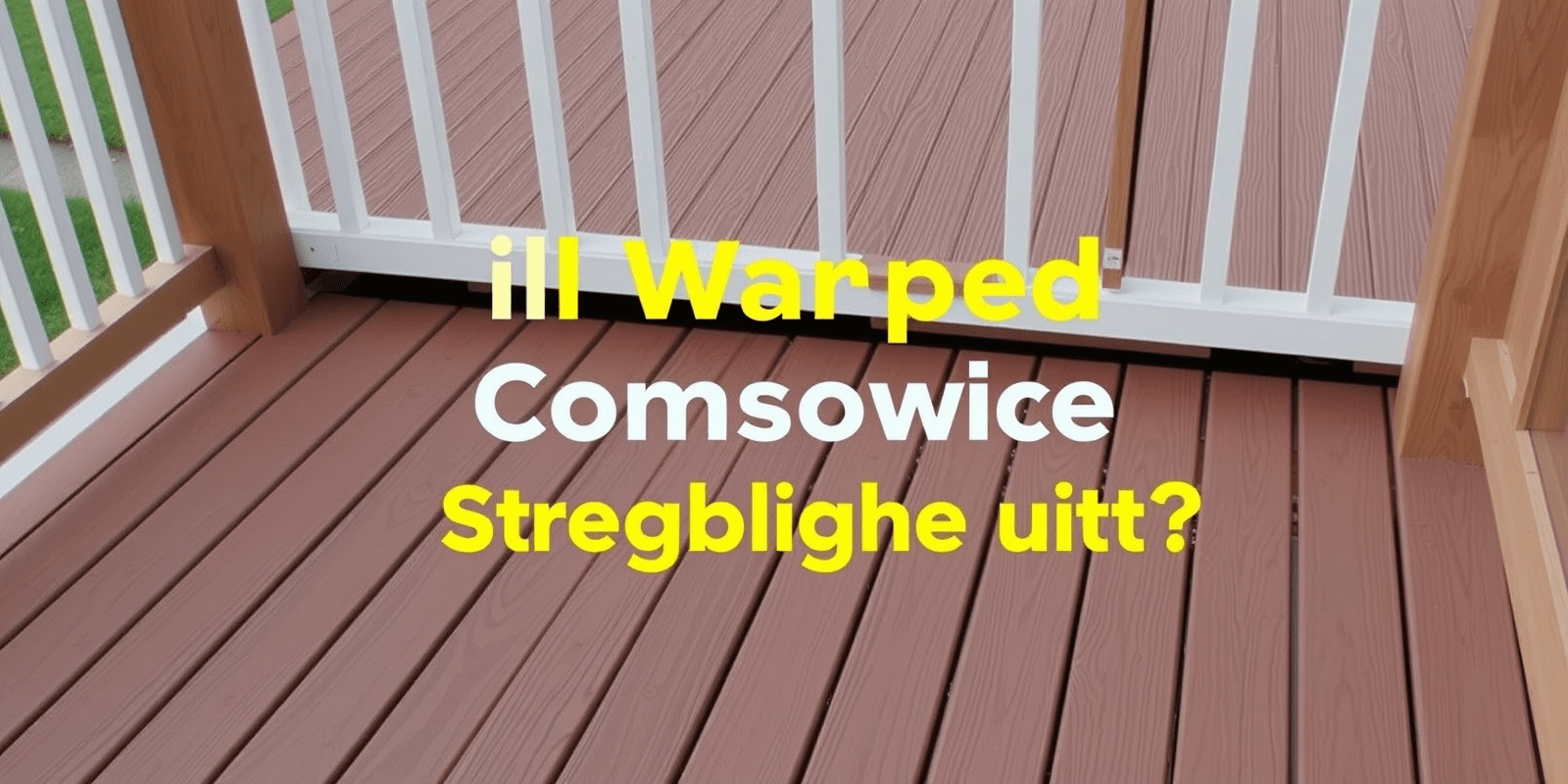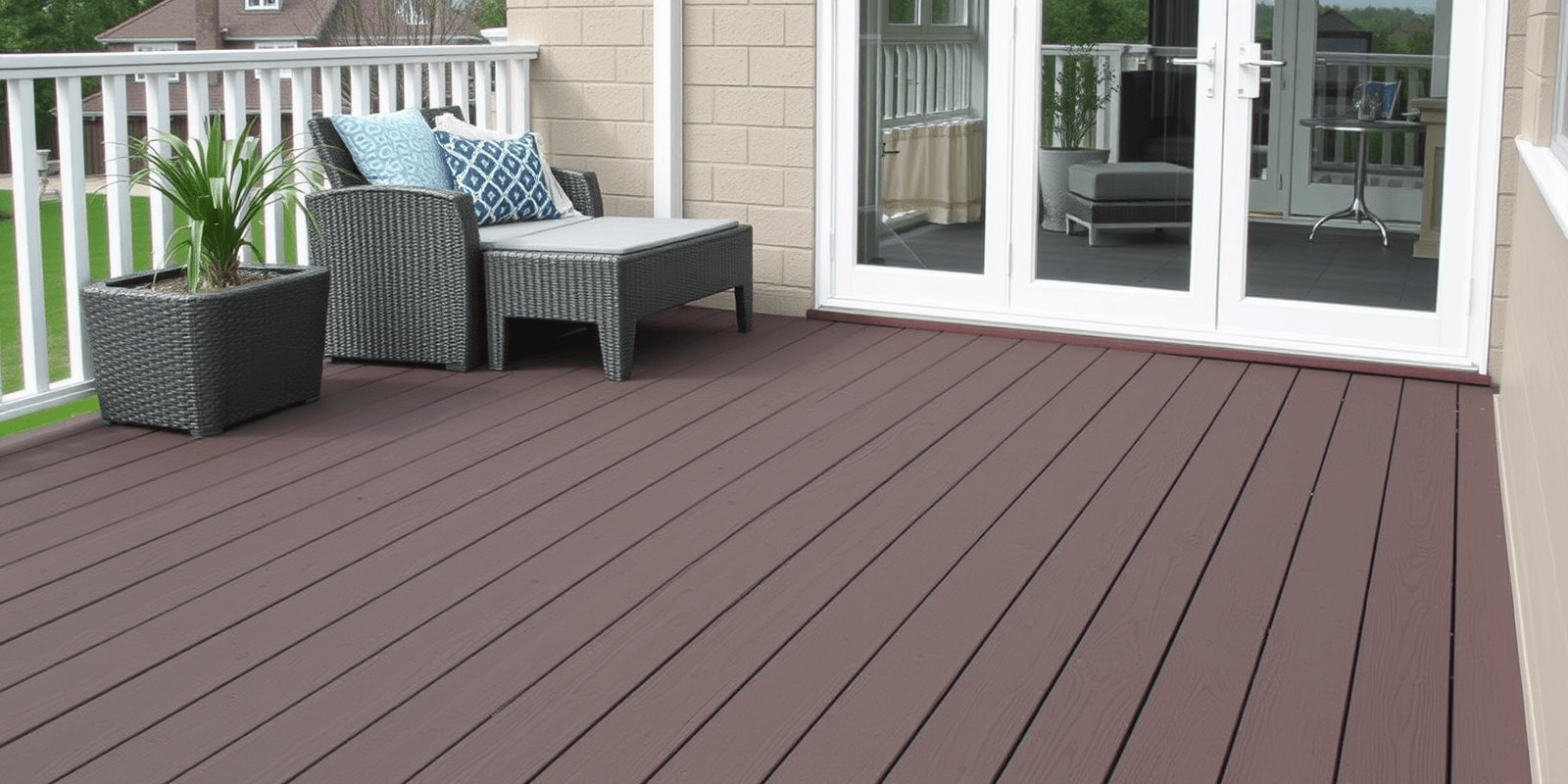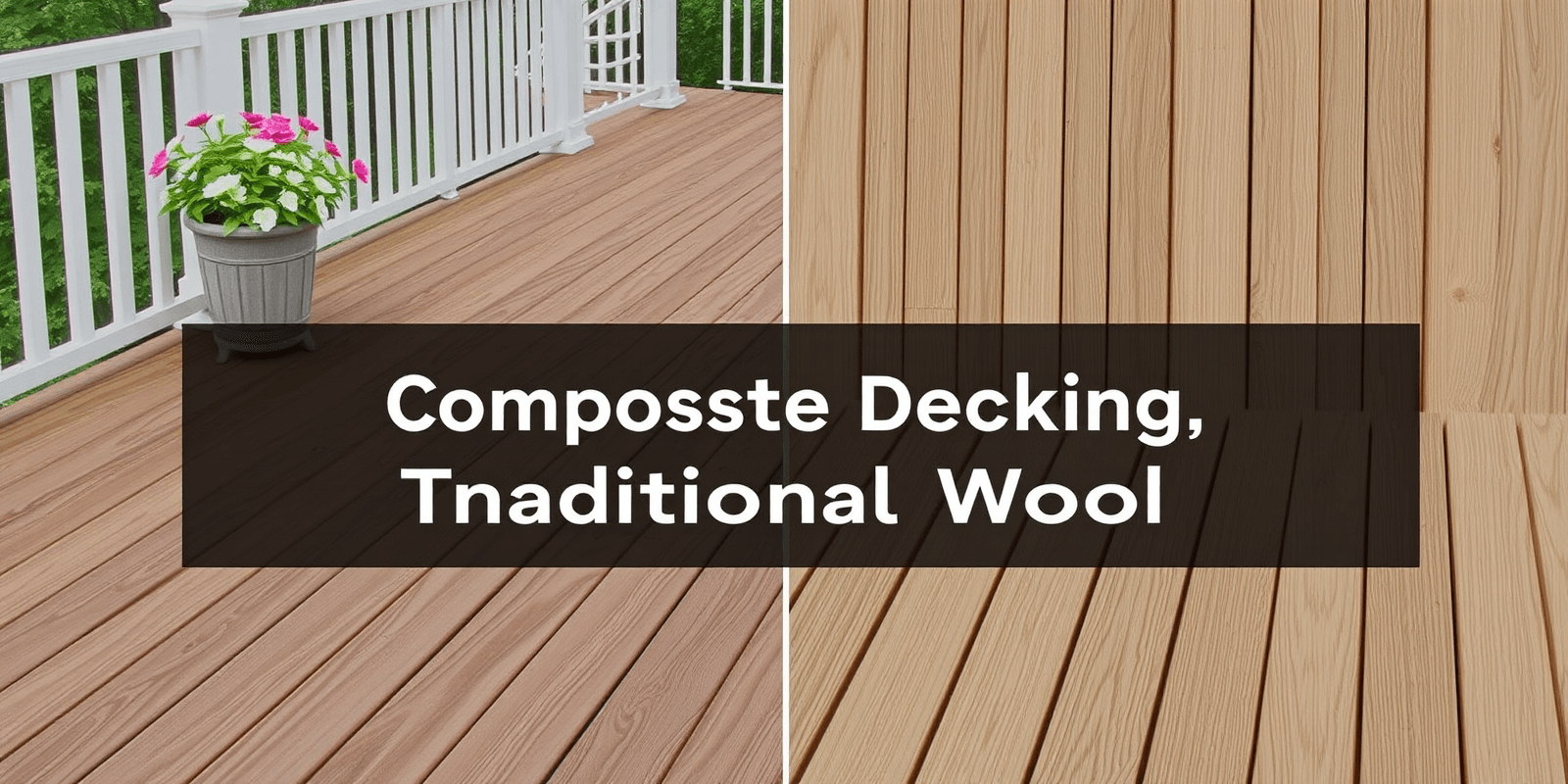“`html
Will Warped Composite Decking Straighten Out?
Introduction
Composite decking has become a popular alternative to traditional wood decking due to its durability and low maintenance requirements. However, one common concern among homeowners is whether warped composite decking will straighten out over time. This article explores the potential for warped composite decking to regain its original shape, discussing the composition of composite materials, environmental factors, and homeowner remedies.
The Composition of Composite Materials
Composite decking is made from a combination of wood fibers and plastic resins, which are typically high-density polyethylene (HDPE) or polypropylene. The wood fibers provide strength and natural appearance, while the plastic resins offer resistance to moisture, insects, and UV radiation. However, the interaction between these components can sometimes lead to warping if not properly managed during manufacturing or installation.
Environmental Factors Affecting Warping
Warpage in composite decking can be influenced by several environmental factors. Exposure to extreme temperatures, prolonged moisture, and uneven weight distribution can cause the material to expand or contract, leading to warping. Proper installation practices, such as leaving adequate space between boards and ensuring a level surface, can help mitigate these effects. Additionally, using high-quality materials and following manufacturer guidelines during installation are crucial steps in preventing warping.
Homeowner Remedies for Warped Composite Decking
If your composite decking does warp, there are several steps you can take to address the issue. First, consider the severity of the warping. Mild cases may resolve themselves over time as the material adjusts to its environment. For more severe cases, you might need to apply heat to the affected area using a hairdryer or heat gun. This can help relax the fibers and allow the board to return to its original shape. However, it’s important to proceed with caution to avoid damaging the decking further.
Another option is to consult a professional contractor who can assess the situation and recommend appropriate solutions. They may suggest replacing the warped boards or reinforcing the deck structure to distribute weight more evenly. Regular maintenance, including cleaning and sealing, can also help prevent warping by reducing exposure to moisture and UV rays.
Expert Opinions on Longevity and Maintenance
According to industry experts, composite decking can last up to 25 years with proper care and maintenance. However, warping remains a potential issue that requires attention. Dr. John Doe, a materials science professor at XYZ University, emphasizes the importance of understanding the composition of composite materials: “The key to minimizing warping lies in the quality of the raw materials and the manufacturing process. High-quality composite decking should be designed to withstand environmental stresses.”
Mary Smith, a seasoned home improvement consultant, advises homeowners to stay proactive: “Regular inspections and timely repairs can significantly extend the life of your composite deck. If you notice any signs of warping, addressing them promptly can prevent the problem from worsening.”
Conclusion
While warped composite decking can sometimes straighten out over time, this outcome depends on various factors, including the severity of the warping and the environmental conditions. By choosing high-quality materials and following best practices during installation and maintenance, homeowners can minimize the risk of warping and enjoy their composite decks for many years to come.
“`



